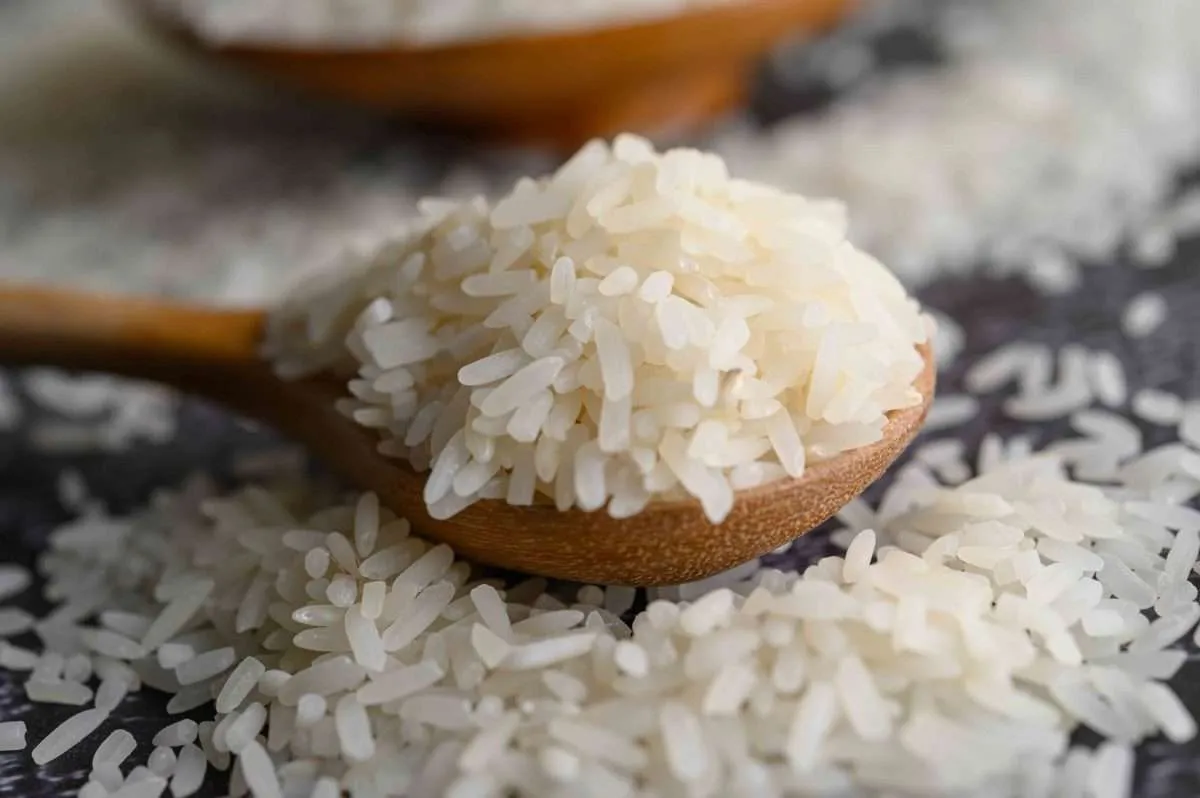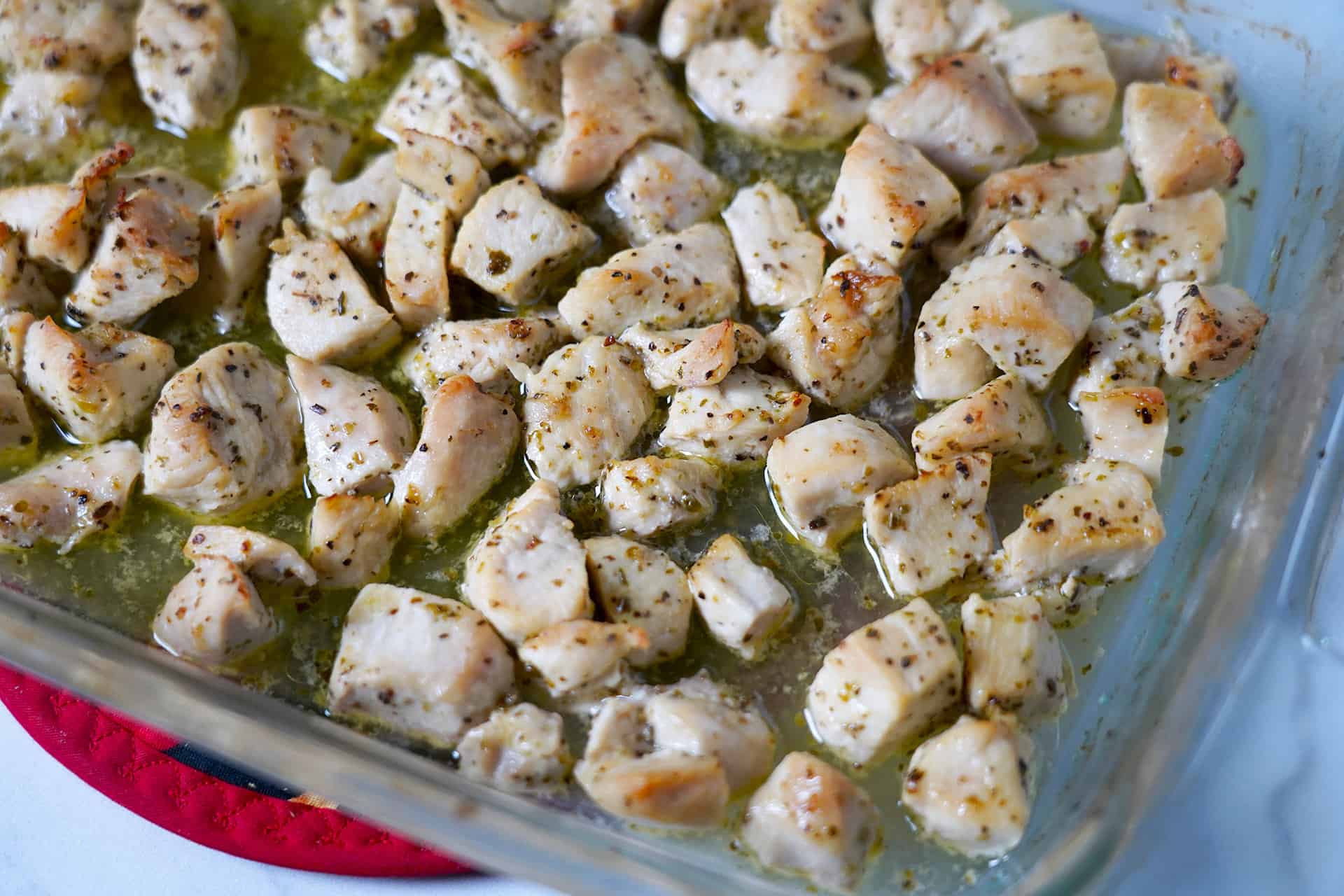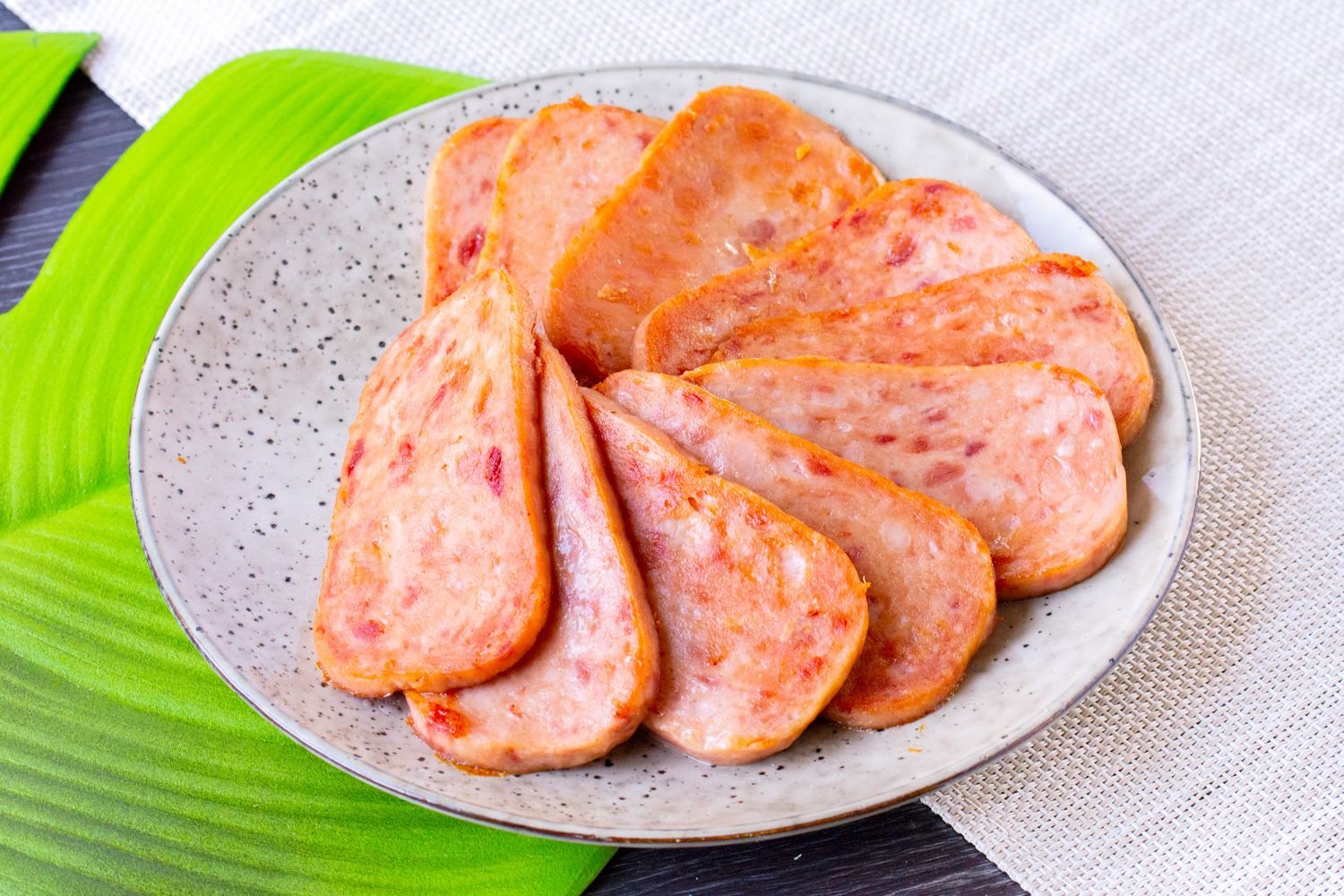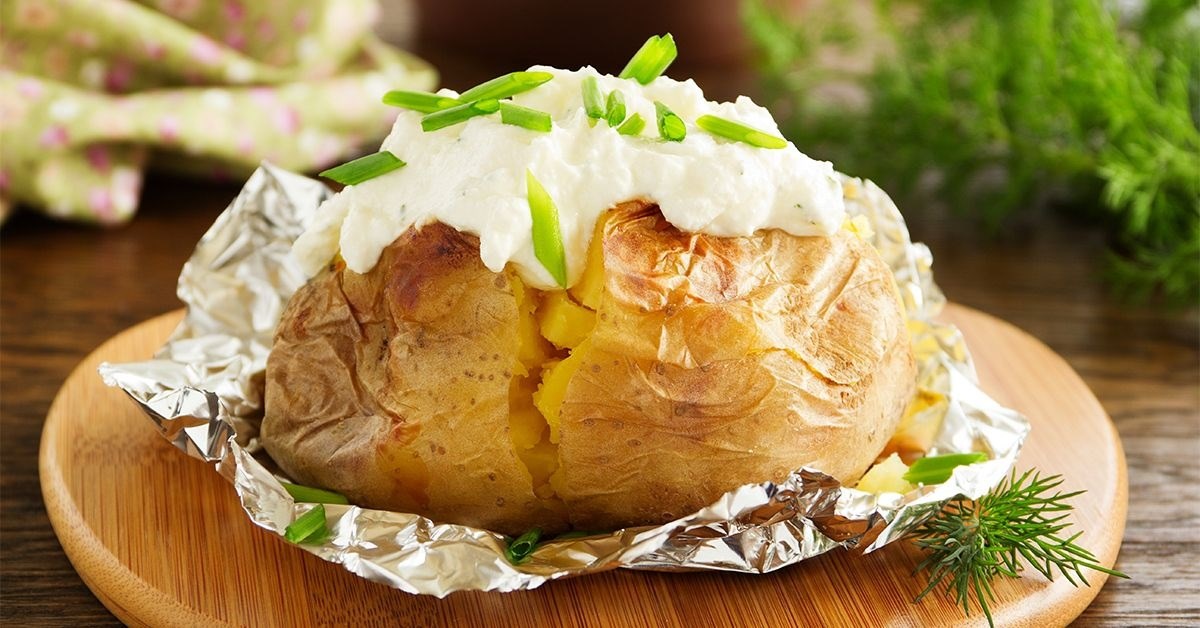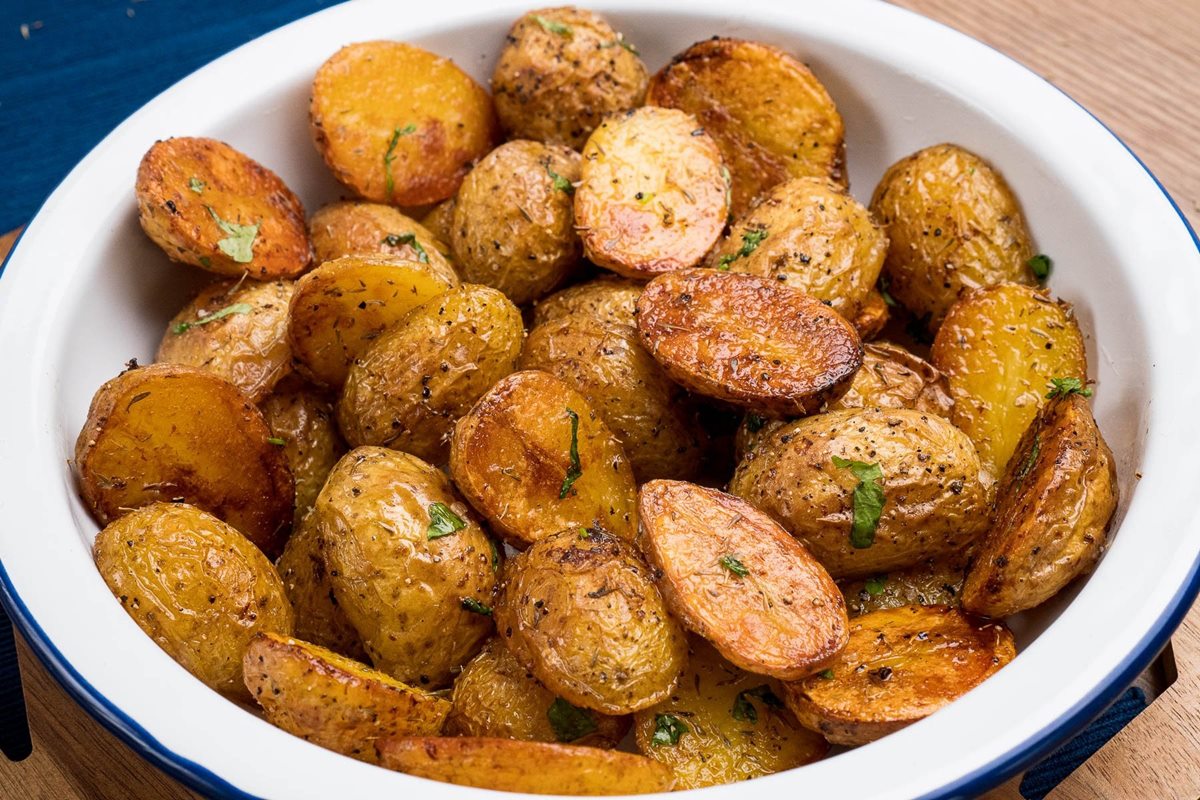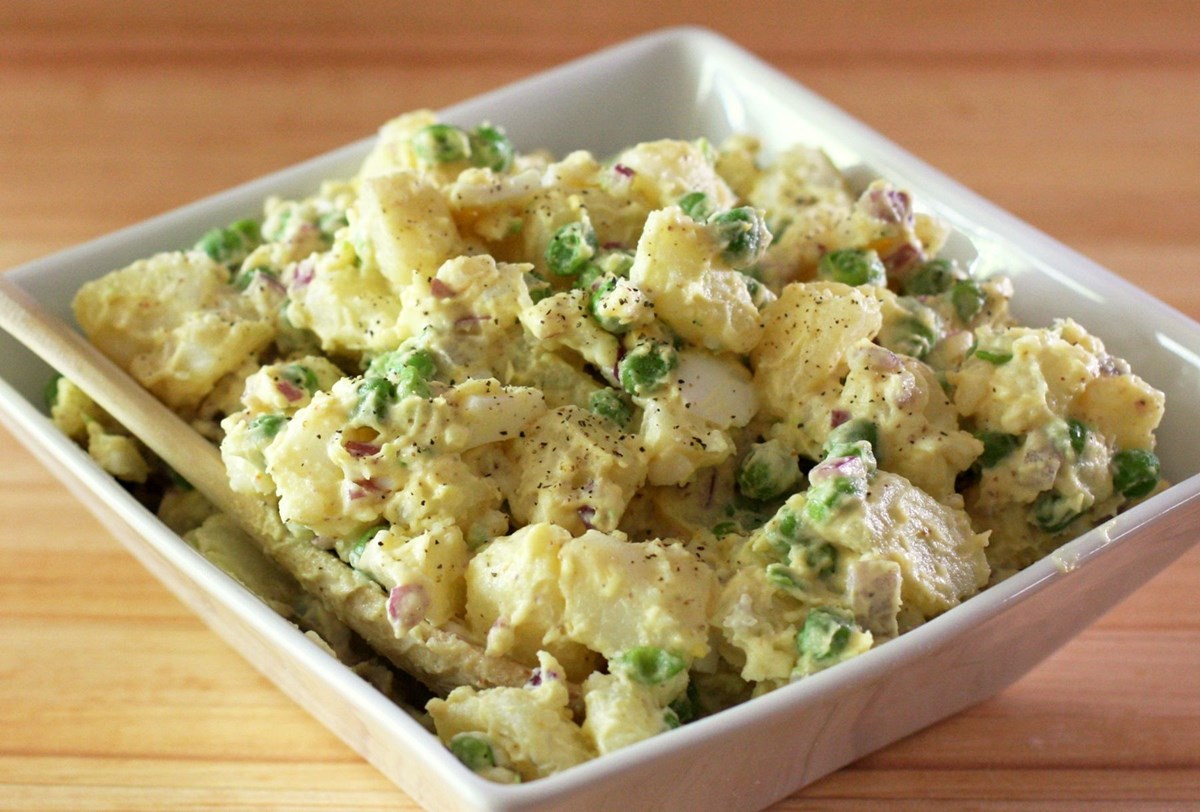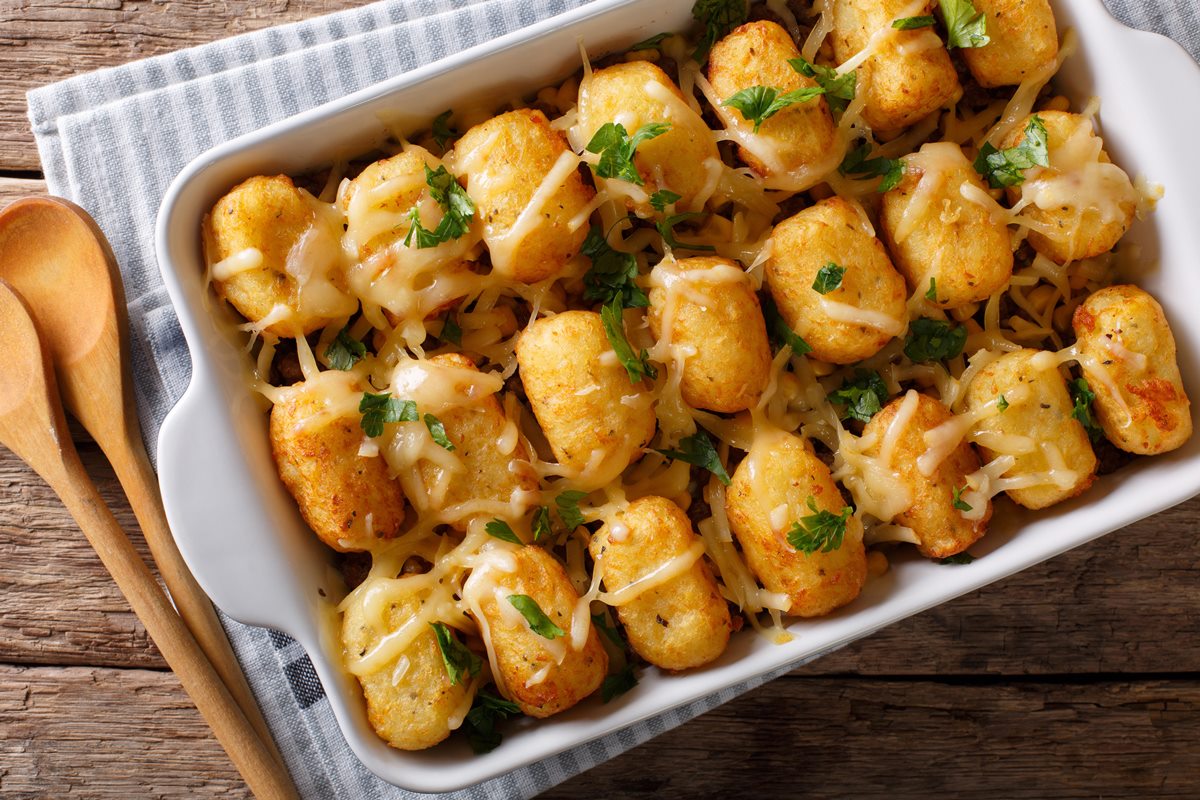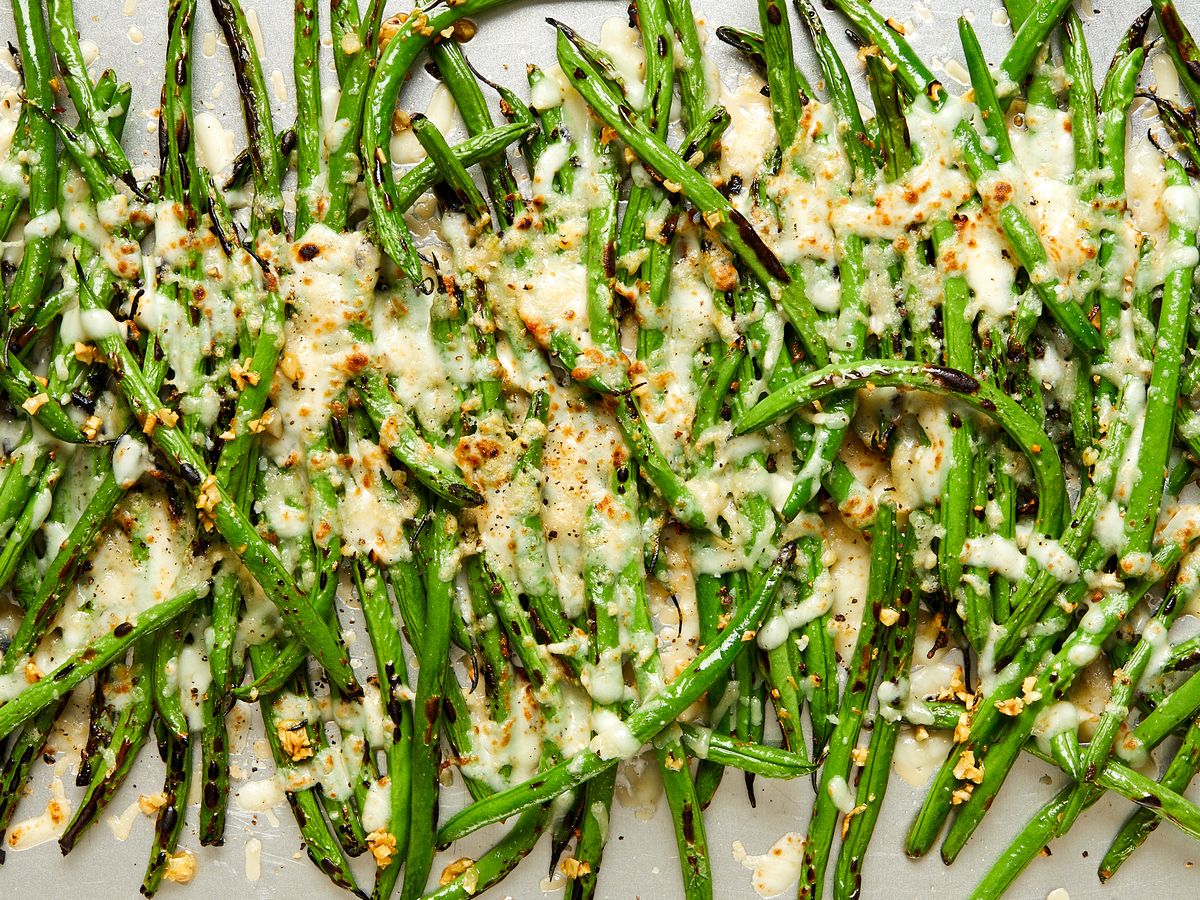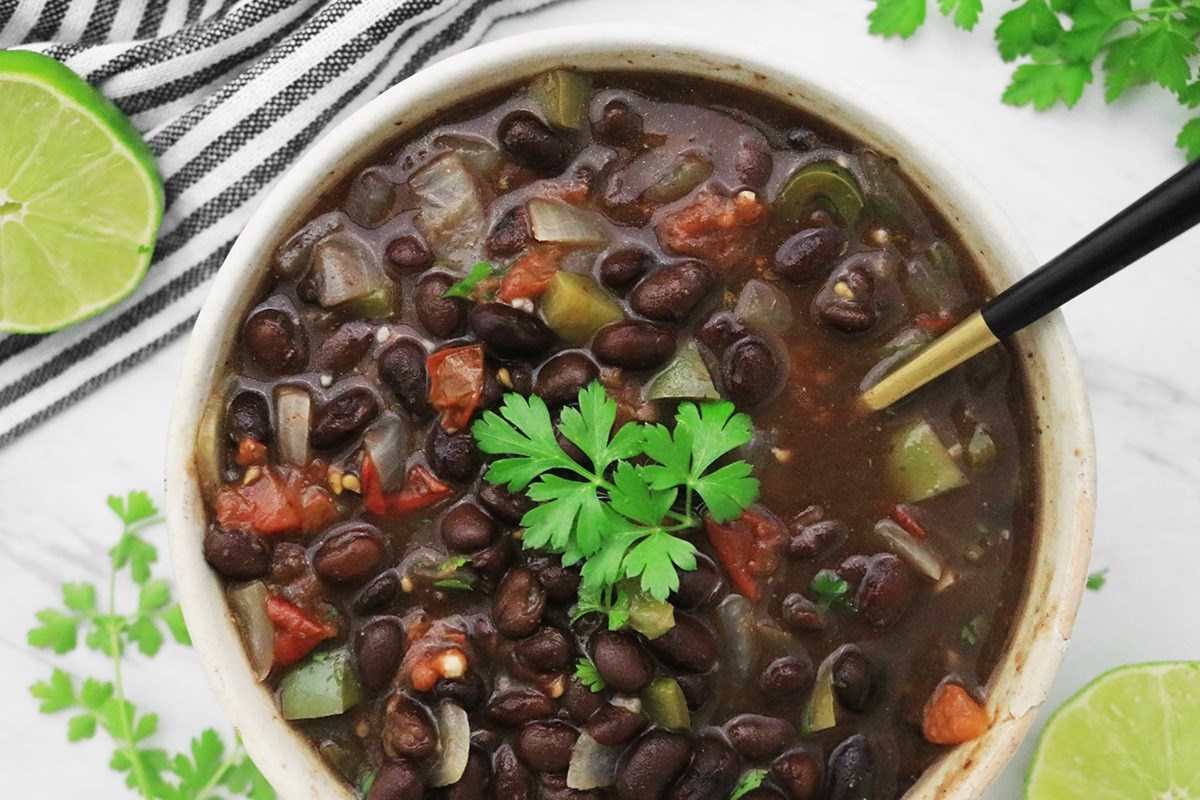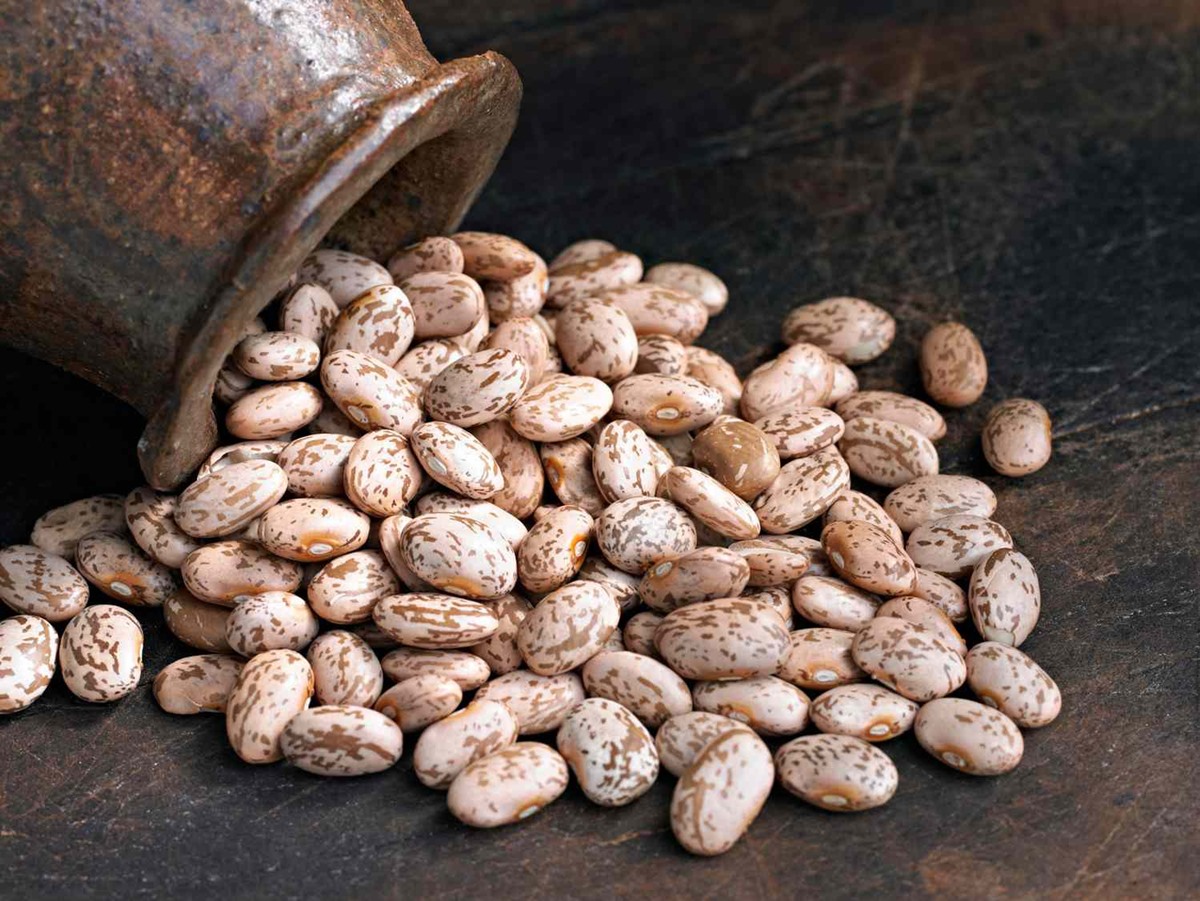Cooking wild boar meat offers a unique culinary adventure, blending rich flavors with a touch of the wild. Unlike its domesticated cousin, wild boar presents a leaner, more robust taste, making it a prized ingredient among adventurous chefs and home cooks alike. To master the art of preparing this distinctive meat, understanding its characteristics and the best cooking methods is key. From slow roasting to grilling, each technique unlocks a different aspect of its complex flavor profile. Whether you're a seasoned chef or a curious cook, learning how to cook wild boar meat can transform your meals into extraordinary experiences.
Essential Ingredients for Your Wild Boar Feast
- Wild boar meat (2 pounds, preferably shoulder or leg cut)
- Olive oil (3 tablespoons)
- Garlic cloves (4, minced)
- Red wine (1 cup, for marinating)
- Rosemary (2 tablespoons, fresh and chopped)
- Thyme (1 tablespoon, fresh)
- Bay leaves (2)
- Salt (to taste)
- Black pepper (to taste)
- Onion (1, large, chopped)
- Carrots (2, medium, sliced)
- Celery stalks (2, chopped)
- Chicken or beef broth (2 cups)
- Tomato paste (1 tablespoon)
- Balsamic vinegar (2 teaspoons)
Must-Have Tools for Cooking Wild Boar
- Sharp Chef's Knife
- Meat Thermometer
- Heavy-Duty Cutting Board
- Cast Iron Skillet or Dutch Oven
- Tongs
- Aluminum Foil
- Mixing Bowls
- Measuring Cups and Spoons
- Marinade Injector (optional for deep flavor infusion)
- Roasting Pan (for larger cuts)
- Butcher's Twine (for roasting or tying up joints)
- Blender or Food Processor (for making marinades or sauces)
Cooking wild boar meat requires low, slow heat to tenderize its lean texture. Marinate beforehand to enhance flavors, and ensure thorough cooking to a safe internal temperature of 160°F.
The Importance of Cooking Wild Boar Right
Cooking wild boar meat requires understanding its unique flavor and texture. Unlike domestic pork, wild boar offers a richer, more intense taste, making it a favorite among adventurous eaters. Proper preparation and cooking techniques ensure this game meat is both tender and delicious, elevating any dish it's added to.
Marinating wild boar is crucial, as it helps to tenderize the meat and infuse it with flavors. Slow cooking methods like braising or stewing are ideal, transforming the tough muscle fibers into succulent, flavorful bites. This approach not only respects the animal's wild nature but also showcases the culinary potential of game meats.
Your Step-by-Step Guide to Cooking Wild Boar
Cooking Wild Boar Meat: A Step-by-Step Guide
-
Selecting Your Cut
- Opt for fresher cuts; freshness ensures the meat retains its natural flavors and tenderness.
- Different cuts serve various dishes; shoulder and leg are perfect for slow cooking, while loin and chops are ideal for grilling or pan-frying.
-
Preparing the Meat
- Rinse under cold water to remove any debris.
- Pat dry thoroughly with paper towels to ensure proper searing.
- Trim excess fat, but leave some for flavor and moisture during cooking.
-
Marinating
- Create a marinade using acidic components like vinegar or citrus juice, mixed with herbs and spices to enhance flavor.
- Marinate for at least 4 hours, or overnight in the refrigerator, to tenderize the meat and infuse flavors.
-
Bringing to Room Temperature
- Remove from the refrigerator and let sit for about 30 minutes before cooking. This step ensures even cooking.
-
Cooking Methods
- Slow Cooking: Best for tougher cuts like shoulder. Cook on a low heat for several hours until tender.
- Roasting: Ideal for larger cuts. Roast in a preheated oven at 325°F until the internal temperature reaches 145°F.
- Grilling: Perfect for steaks and chops. Grill over medium-high heat, turning once, until the desired doneness is achieved.
- Pan Searing: Suitable for smaller cuts. Sear on high heat in a heavy skillet, then finish cooking at a lower temperature.
-
Checking Doneness
- Use a meat thermometer to ensure the internal temperature reaches 145°F for medium-rare.
-
Resting the Meat
- Allow to rest for 10 minutes after cooking. This step redistributes the juices, making the meat more tender and flavorful.
-
Slicing
- Slice against the grain for maximum tenderness.
Tips for Success
- Always preheat your cooking surface before adding the meat.
- Avoid overcooking; wild boar meat is lean and can become tough if cooked too long.
- Experiment with flavors; wild boar pairs well with bold herbs and spices.
- Use a gentle touch when flipping or moving the meat to keep it tender.
Mastering Wild Boar Cuisine
Cooking wild boar meat is an adventure in flavors that brings a touch of the wild right to your dinner table. With its rich taste, this meat offers a unique twist on traditional pork dishes. Remember, the key to unlocking its full potential lies in proper preparation and cooking techniques. Start by marinating or brining to tenderize the meat, then choose a cooking method that suits your recipe, whether it's slow roasting, grilling, or stewing. Don't forget to pair it with bold spices and herbs to complement its robust flavor. By following these tips, you'll turn any wild boar dish into a culinary masterpiece. So, grab your apron, and let's get cooking! With a little patience and creativity, you'll impress your guests and maybe even surprise yourself with the delicious results.
More Wild Boar Recipes to Try
Once you've mastered the basics of cooking wild boar from the guide, it's time to put your skills to the test with a variety of delectable recipes that showcase this versatile meat. From the robust and herbaceous Grilled Wild Boar Chops with Rosemary and Garlic to the comforting and hearty Wild Boar and Juniper Berry Stew, there's a dish for every palate. We highly recommend trying the Slow-Cooked Wild Boar Shoulder with Root Vegetables for a tender and flavorful experience, or the Wild Boar Bolognese Sauce over Handmade Pasta for a classic Italian twist that highlights the robust flavors of wild boar. Each recipe offers a unique way to enjoy wild boar, enhancing your culinary repertoire and impressing your guests with your cooking prowess.
All Your Questions About Wild Boar Answered
What's the best way to cook wild boar meat?
Cooking wild boar meat is all about keeping things low and slow. Since this type of meat is leaner and tends to be tougher than farm-raised pork, slow cooking methods like braising, stewing, or slow-roasting help tenderize the meat, ensuring it's juicy and flavorful. Always start by marinating your boar for at least a few hours (overnight is even better) to infuse it with flavors and begin the tenderizing process.
Can I grill wild boar?
Absolutely, grilling is a fantastic way to prepare wild boar steaks or chops. Just remember, because the meat is leaner, it's prone to drying out if overcooked. Keep your grill on a medium heat and consider marinating your cuts beforehand to add moisture. Keep an eye on them while they're on the grill; a few minutes per side should do the trick for a perfectly grilled boar.
What are some good marinades for wild boar?
For wild boar, you want marinades that pack a punch and can tenderize the meat. Acidic bases like vinegar, lemon juice, or wine work wonders, mixed with olive oil, garlic, herbs, and spices. Ingredients like rosemary, thyme, juniper berries, and even a bit of chili can add a fantastic depth of flavor that complements the gamey taste of boar.
Is wild boar meat healthy?
Yes, wild boar meat is quite healthy. It's a great source of lean protein, lower in fat than regular pork, and rich in essential vitamins and minerals. Incorporating wild boar into your diet can be a tasty way to enjoy red meat without some of the drawbacks associated with more traditional options.
How do I ensure my wild boar meat isn't gamey?
To reduce the gamey taste, proper preparation is key. Soaking the meat in a marinade or brine can help mellow out strong flavors. Some folks swear by milk or buttermilk soaks, while others prefer acidic marinades. Also, removing as much fat and silver skin as possible before cooking can help, as these parts tend to hold a lot of the gamey flavor.
Can wild boar be substituted for pork in recipes?
Sure, you can substitute wild boar for pork in most recipes. Just keep in mind that wild boar is leaner, so you may need to adjust cooking times and methods to prevent the meat from drying out. In recipes that call for slow cooking, wild boar can be a direct substitute, but for quicker methods, a little extra care is needed to keep the meat moist and tender.
Was this page helpful?
Read Next: How To Cook A Honeynut Squash
